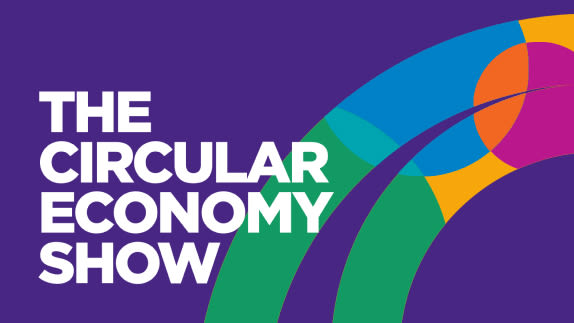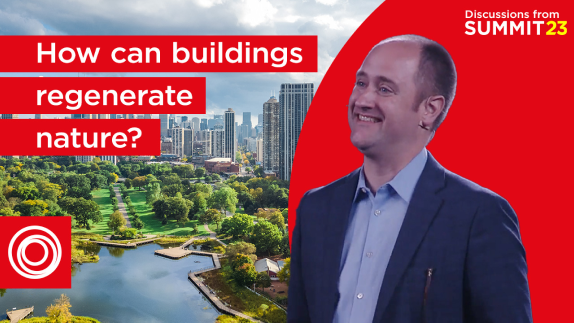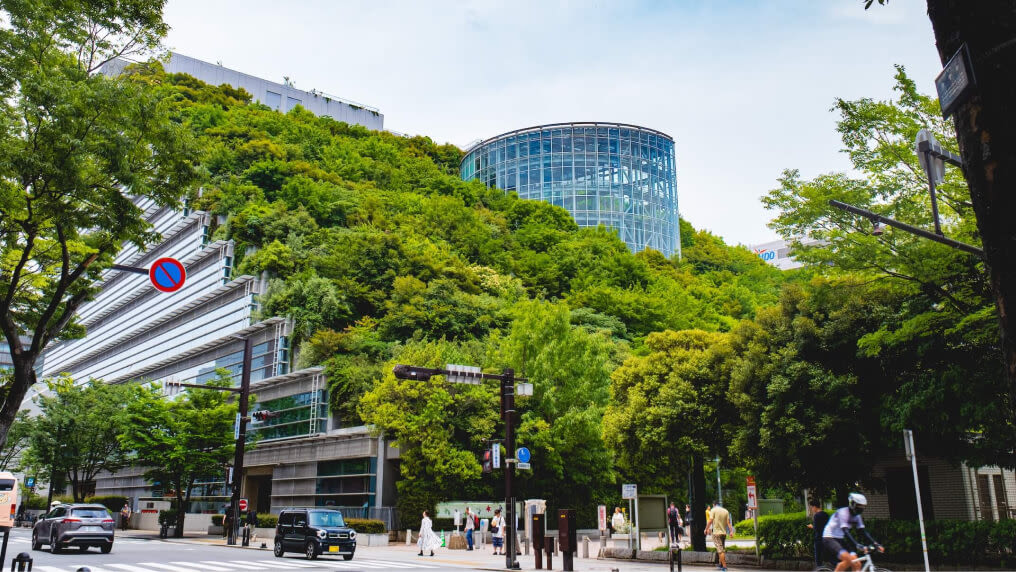As part of our bite-sized series on regenerative design, this week we hear from Nicole Miller, from Biomimicry 3.8's Project Positive, about key ways to scale it within companies and communities.
Project Positive is a group of change agents dedicated to raising the bar on what acting sustainably means—driven by a sense of urgency to move beyond arbitrary reduction goals, to science-based targets and actions that are actually generous to the ecosystems, employees, and communities in which we operate.
Listen on Spotify, Apple Podcasts, or wherever you get your podcast
Useful links:
Transcript
Finley Phillips 0:03
Welcome to the Circular Economy Show Podcast published by the Ellen MacArthur Foundation. My name is Fin, I'm part of the team here at the Foundation and I'm your host for this series. We're providing you with weekly digestible information on the topic of regenerative within a circular economy. In our first two episodes, we've heard from Kate Raworth, author of Doughnut Economics, and Michael Pawlyn, an author and architect with first-hand experience of delivering designs inspired by nature. In this episode, we start to consider what this looks like at scale with Biomimicry 3.8's Project Positive - let's hear from Nicole Miller from Biomimicry 3.8 to learn more.
Nicole Miller 0:47
So we've been doing this work for a while, as you said, and we've been piloting, and we've been looking at those deep patterns of all of our pilots. And what we found out of those deep patterns is that the first thing is we have a quantifiable and a defensible approach to positive, everybody is talking about positive. But what does it mean? And so in this way, we can say, well, positive means you're performing like nature because ultimately nature is our only model of what it means to be regenerative. It is the only successful model that exists. So we can say this is where we're at, this is where we need to be, this is the process we're going for, this is how much we're going to move in year one, year two, year three, then we have something that gives a definition and isn't like a nice thing to do or a side project, right? So that is like key to this work. One of the keys. The other thing is that it's locally relevant. So we're not creating one strategy that a company is like plopping down everywhere, right? It's like, it's that first step is what matters to place and why. And then the other thing that we knew is important, particularly for corporations, is that it has to scale, it has to be something that companies can effectively scale. And it can't be like another shiny object, it can't be another framework, it can't... like there's already plenty of those. And so how do we make it fit in? How can it be a programmatic approach to what the companies are already doing, and really build those crosswalks, to those key imperative strategies that are already in place. And then the other thing as COVID, and planet health and people health became so obviously intertwined, that became something also really obvious that suddenly emerged as like, we really care about this. And so we were really able to kind of talk about how that was in service to that, and then becoming a welcome neighbour, so many companies. You know, as Janine said earlier, from namby to pamby to go into your community, particularly if you're a factory, or a data centre, or, you know, a large entity, right, so many people don't want you in their backyard. But what does it look like to be a welcomed neighbour? And how does that actually help you improve your permitting process, or getting people to come work for you that that can be a key factor. And then one of the things that we learned, you know, right out of the gate is that people were excited about this work. The employees within the company, they can see it, because oftentimes, when you talk about sustainability, you're talking about things that nobody sees, and it doesn't... you have, you have nothing that you can see. Interface, when they first started integrating things, it became, it became changes at the facilities, that people could see, they could touch the experience, and it became more real to them. It wasn't just an HVAC system that was being changed, it was something that they could actually have a relationship with.
Finley Phillips 3:38
Thank you for listening to this episode of the podcast. If you enjoyed it, then please do subscribe to the Circular Economy Show podcast wherever you listen to your podcast. We'll speak to you next time.




